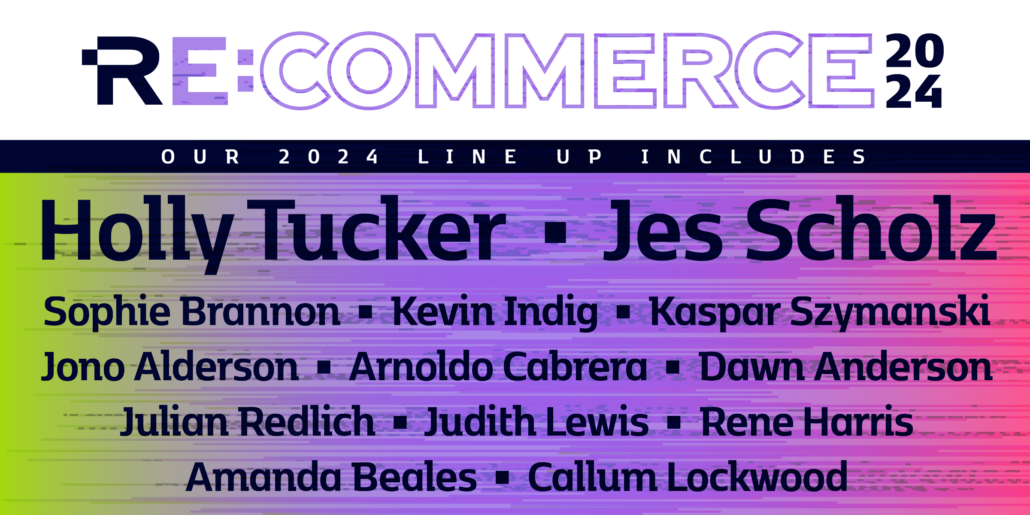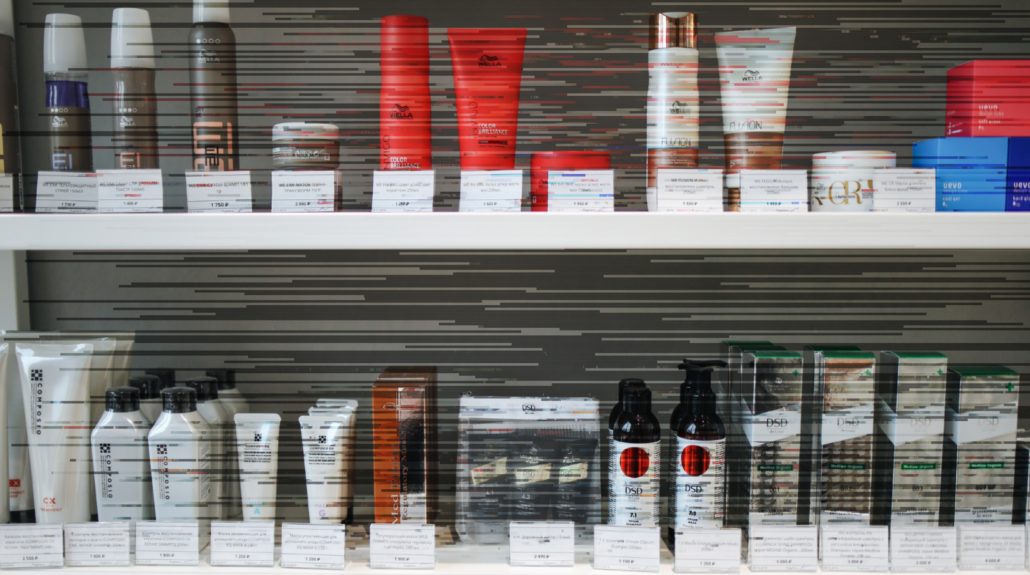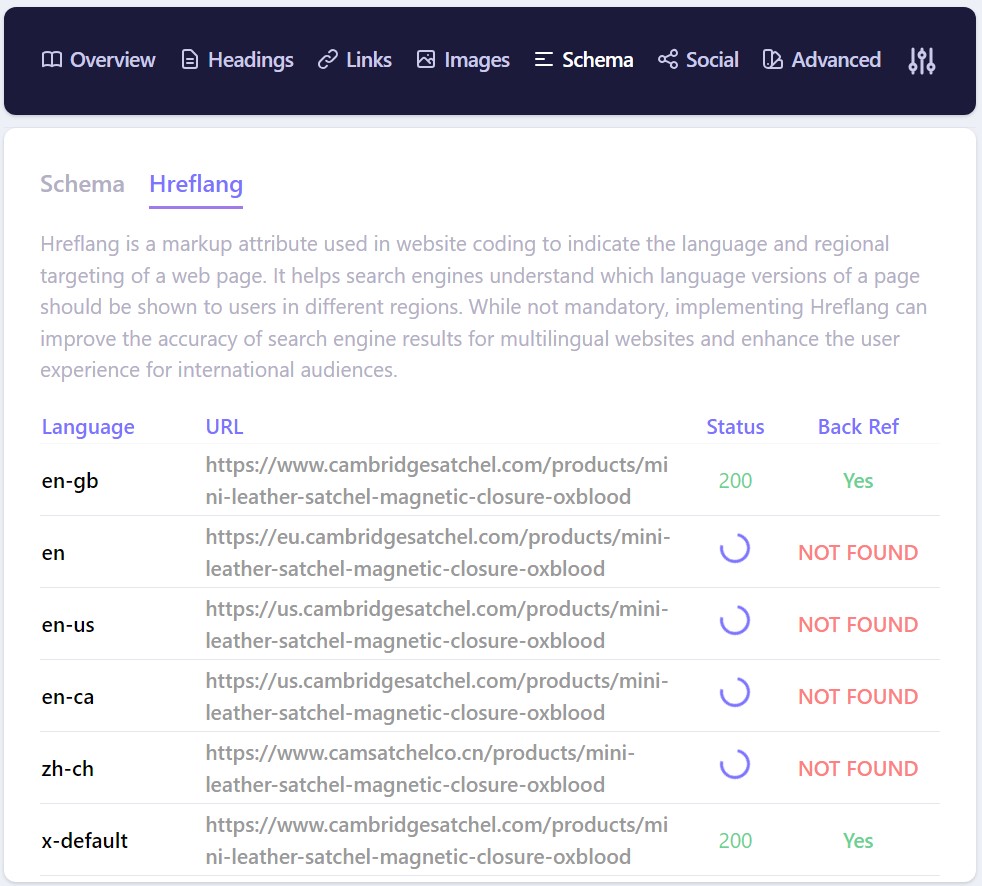SEO for headless ecommerce platforms

What is “headless ecommerce”?
Headless is the term used for separating your backend website infrastructure from the frontend interface. In ecommerce, the backend infrastructure will power your shopping cart, checkout, customer accounts, inventory, merchandising, and fulfilment systems. When running a headless ecommerce solution, these services are then presented as pure data via an API, rather than as HTML web pages. Because of this, any UX, SEO, Performance, or Conversion issues which were present in the ecommerce platform, can get left behind. You are no longer platform-dependent and are free to build any website design or structure that you wish. SEO changes are mostly tackled on the frontend, and slow backend servers are mostly mitigated by delivering fast frontend web pages from a high performance CDN.
What are the pitfalls of headless ecommerce?
Re:commerce 2024 preview

After a successfull inaugural conference, we are thrilled to be back hosting Re:commerce 2024 on the 15th of March 2024!
Once again we will be hosting the conference at the beautiful Ham Yard Hotel. After receiving so much positive feedback about the venue last time, it was a pretty easy decision to return. Our attendee feedback consistently gave the venue a 10/10 score, with several details impressing. It’s eye-catching decor, large open spaces, impressive theatre, and the delicious food were regularly cited in the feedback received!
Re:commerce 2024 promises to be a must-attend event for businesses looking to stay ahead in the world of online retail. The conference will focus on ecommerce SEO, content marketing, technical SEO, and online revenue growth, and aims to equip attendees with key strategic insights to push their businesses forward!
What our beauty industry report uncovered

Re:signal recently released an SEO industry report on the Beauty sector, to see how high street retailers, DTC brands and online goliaths such as Amazon, were performing in Google.
The COVID-19 pandemic resulted in a revenue shift towards online for the Beauty industry which has remained strong even today, with 24.2% of revenue coming from online purchases. This is a significant foothold in a £13.95bn industry, previously driven by consumers trying something new in local retail stores. The industry as a whole continues to grow as well, with Beauty expected to reach £15.1bn revenue in the next five years. There is a limit to how much of the market Online can capture though, with ecommerce sales predominantly consisting of repeat purchases.
As with most consumer verticals, Amazon has beaten out high street giants Boots and Superdrug in Google’s organic results. The world’s 4th largest company achieved 100% visibility across the 3,544 popular non-brand Beauty keywords that we analysed. Amazon has a powerful combination of near-limitless product range and one of the most powerful domains (authority) on the internet. Its product range comes mostly from the Amazon Marketplace, allowing third-party manufacturers and wholesalers to sell products on Amazon’s website, in exchange for a percentage of the sale.
Superdrug teamed up with Mirakl at the end of 2022 to build their own marketplace, which launched with over 300 new brands and thousands of additional SKUs. It seems like a no-brainer at first glance, bringing increased range/keyword coverage, a slice of the revenue and the potential to sell own-brand products in the same order. There are downsides as well though, such as diluting brand reputation and own-brand sales. Perhaps that is why high street leader Boots delayed their own marketplace launch at the end of last year, with the decision supported by nine financial quarters of continued sales growth.
Amazon’s dominance in the Beauty vertical isn’t insurmountable either, with Boots leading our report’s Skincare league table across 938 keywords and over a million monthly searches on Google. It will be interesting to see whether Boots manages to stave off launching their marketplace and opt for in-house range expansion, to retain more of the profits. Own brand products are key to Boots’ success and flooding their site with cheap marketplace alternatives could put a dent in their winning streak.
We have also seen tremendous SEO growth from DTC websites, such as Estée Lauder’s MAC Cosmetics, which came 4th in our Makeup league table. For all but the most price sensitive shopper, DTC sites can offer a far superior shopping experience with exclusive content, tips, imagery and even exclusive products. MAC’s content, UX and strong backlink profile has helped them to outrank Amazon for big non-brand keywords such as [eyeliner] and [makeup brushes]. Our report highlights internal linking as a key catalyst to their SEO success as well, effectively interlinking related product categories using keyword-optimised anchor text.
Another DTC success story has been L’Oréal’s brand Kiehl’s, which ranked highly in our report’s SEO analysis of the skincare market. We estimate that they receive over 18,000 organic clicks a month from around 6,800 non-brand skincare keywords. Kiehl’s also ranks in the Top 10 for 31% of the keywords analysed. Success has come from the significant content investment made on their website, including answering common skincare questions and issues. This has naturally garnered links for most of the major beauty publications as well as bloggers, telling Google that Kiehl’s is a major authority in the skincare industry.
To win in the Beauty industry online, takes a strong technical foundation and high-quality content covering the entire buyer journey. Even if the customer is buying a £3.50 lipstick, they expect to be informed and nurtured with guidance along the way. As MAC can attest to, heavily investing in great content can also deliver SEO (and referral traffic) success via industry coverage online.
The biggest hurdle faced by most of the brands we’ve examined, is overcoming technical issues caused by their ecommerce platform or design frontend. Seemingly simple techniques such as cross-linking between PLPs in the SEO copy, just isn’t technically possible for some retailers as it stands. All of the success experienced by our mentioned market leaders is repeatable and replicable, but may need further technical investment to achieve it. This doesn’t need to be a blind leap of faith, as it’s now possible to calculate an SEO ROI based on estimated keyword ranking improvements, traffic delivered and ultimately conversions. Online is the biggest opportunity for new and underperforming brands, with SEO delivering the most cost effective return on investment in our experience. Whether any other brands take up this opportunity –
» Read more about: What our beauty industry report uncovered »
Ecommerce platforms for the fashion industry

Something that stood out to me at a recent roundtable event in San Diego, was just how many different ecommerce platforms US retailers were using for their sites. In Europe, large retailers tend to use either SAP or Salesforce Commerce Cloud. Occasionally you come across Magento or Shopify Plus, but it’s often with an additional layer or two bolted on.
But according to Builtwith data, the market for ecommerce platforms is as diverse as our roundtable alluded to. Out of the 100,000 most visited websites on the internet, 37% of them had ecommerce functionality, with Shopify being the most popular platform. However, Shopify powers less than 8% of those ecommerce sites –
» Read more about: Ecommerce platforms for the fashion industry »
How ecommerce stores can boost sales With Chatbots

In the fast-paced world of digital marketing, chatbots powered by artificial intelligence (AI) are being used more frequently and the ecommerce industry is no exception to this.
Chatbots can be used for a wide range of tasks, from driving sales to working in harmony with an existing customer service team. Throughout my career in Digital Marketing, I have used chatbots in a variety of contexts and multiple sites and channels to drive conversions from existing traffic.
In this article, I’ll be taking a closer look at what chatbots are, the benefits of using them, and how they can make a big impact on ecommerce sales.
What Is a Chatbot?
» Read more about: How ecommerce stores can boost sales With Chatbots »
Help! Retailers have dominated my SERPs

In most ecommerce verticals, DTC (Direct To Consumer) ecommerce sites compete head-on with the retailers and distributors who stock their products. Furthermore, with few exceptions (such as Apple) brands tend to give their retailers sizeable discounts which can then be passed onto retail customers. So unless the retailer is unknown or untrustworthy, there’s little reason to shop direct. Unless DTC stores can compete on price and guarantee to be the cheapest, customers will need to be enticed in other ways.
At some point during the digital buying cycle, a customer is likely to search for something on Google and click on a top result. This could be researching the best brands, the newest features, comparing prices, to obtain social proof (I bought the top 10 wireless headphones, guess who came out on top!
» Read more about: Help! Retailers have dominated my SERPs »
Leveraging seasonal keywords: Your 6-step guide to holiday SEO success

Whether it’s Black Friday, Christmas, or your summer end of season sale, having a solid SEO strategy is vital for eCommerce success. As nice as it would be to put some great deals up on your website and watch the customers roll in, it requires more work and planning than that.
If you want to achieve your goals and have the SEO department be the darling of the company, you need to implement proper processes to get people spending on your website during these key sales periods. The good news is that this doesn’t need to be as complex as it might seem.
In this blog, we’ll provide you with six key tips to help your holiday SEO efforts succeed. If you want to discuss how our eCommerce SEO specialists can help your brand take its seasonal performance to the next level, get in touch today!
» Read more about: Leveraging seasonal keywords: Your 6-step guide to holiday SEO success »
Product page SEO: Top tips for the beauty industry

With today’s digital technology, it has never been easier to search, access product information and make online purchases. Therefore, every business has the opportunity to display its products online.
The online market for beauty products is fiercely competitive, with cosmetics alone representing almost $14 billion in sales in 2023. Breaking into this market is undoubtedly tough. But with the help of SEO, it is possible for any brand, even small startups.
The beauty industry is highly competitive, making it challenging to gain visibility in search. But by improving the SEO of your website, you can significantly boost your visibility and drive a significant volume of organic traffic to your range of beauty products. To achieve organic visibility, you should make sure that product pages are optimised for search engines so that they can be found in the search results.
In this article, we will share strategies for improving your product page in the beauty industry, focusing on SEO content and technical factors.
Why is SEO important for product pages?
» Read more about: Product page SEO: Top tips for the beauty industry »
SEO for beauty ecommerce: Everything you need to know

In the busy world of beauty eCommerce, where a multitude of brands are constantly vying for attention, mastering SEO has become imperative for any beauty retailer looking to stand out and grow their ecommerce revenue.
Whether you’re a seasoned beauty retailer or just starting your eCommerce journey, this guide will equip you with the knowledge and tools needed to navigate the ever-changing SEO landscape, and set your brand up for success.
Keyword research
The keyword research process is a vital part of working with any industry, but in a vertical like beauty where the product range is so diverse and the questions people have seemingly-infinite, it becomes even more important.
Performing good keyword research is about more than just finding some high-volume search terms –
» Read more about: SEO for beauty ecommerce: Everything you need to know »
Top 10 Essential Google SEO Chrome Extensions: Updated 2024

SEO Chrome Extensions are a core part of any SEO’s toolkit. Google Chrome still dominates the browser market share worldwide, with over 63% of users using it across desktop devices as their leading browser of choice. This also makes it the most popular browser among SEO professionals, who have a wide variety of SEO tools, extensions, and plugins installed to help them conduct SEO more efficiently and effectively.
Here are some Google Chrome extensions for SEO that I have tried and tested practically for hundreds of hours in my SEO career. I highly recommend checking them out.
1. Detailed SEO Extension
This all-in-one SEO extension for Google Chrome provides SEO-related insights at the click of a button for any website you’re currently visiting. It includes:
- Displaying title tags, meta descriptions, meta robots tags, canonicals, etc.
- Headings, including all H1, H2, H3, etc., and links to robots.txt and sitemaps.xml.
- The ability to download all images.
- The ability to download all links.
- Useful shortcuts in the Advanced tab to external tools/platforms for insights.
My favorite feature is the Schema tab, which allows you to: a) Act as a Schema checker with an easy interface for review (although I wish it could also act as a Schema validator). b) Act as an Hreflang checker/viewer and validator, providing status codes and return tag status for all the hreflangs annotated within the extension and on the same page load.

Images Credit: Detailed &
» Read more about: Top 10 Essential Google SEO Chrome Extensions: Updated 2024 »






